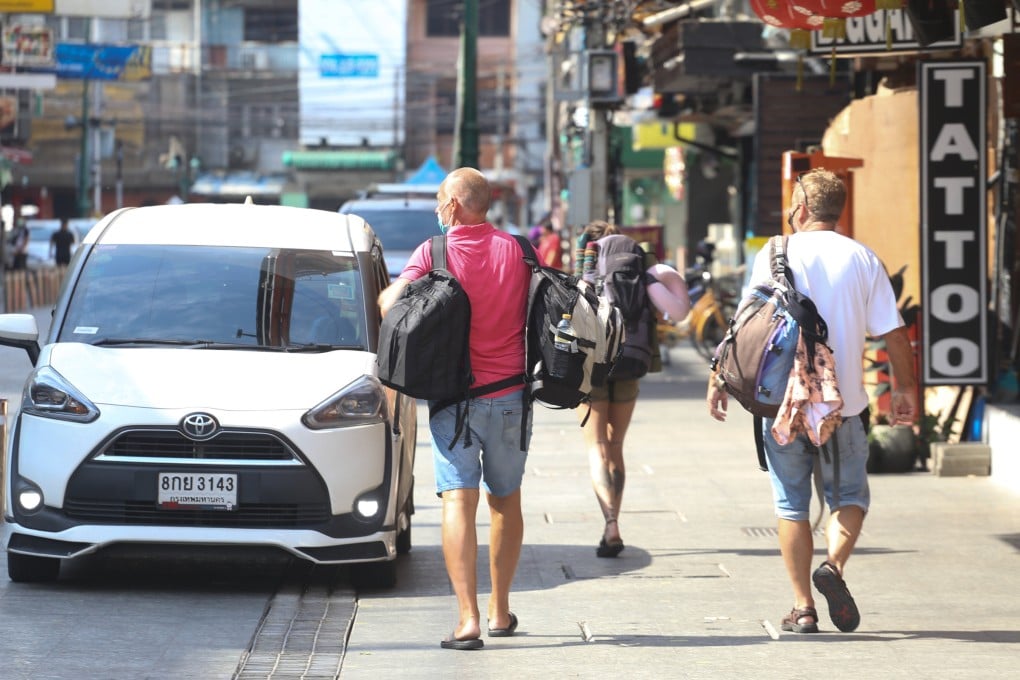Destinations known | From Bangkok to Bali to Da Nang, foreign tourists are returning as entry restrictions are loosened despite Omicron Covid-19 variant’s spread
- Countries in Southeast Asia are making it easier for vaccinated travellers to enter, although rules differ depending on your destination
- Thailand has done the most to revive international tourism, but other countries are not far behind, even as China and Hong Kong maintain barriers to travel

As Hong Kong and mainland China continue to tighten the screws on their increasingly impossible-looking zero-Covid-19 objectives, the stirrings of a resumption in international travel for non-essential reasons can be detected elsewhere in Asia, even as infection rates – driven by the Omicron variant – continue to climb.
Last week, as the World Health Organization advised countries to lift or ease their international travel bans, “as they do not provide added value and continue to contribute to the economic and social stress” and are “not effective in suppressing international spread” of the coronavirus, Association of Southeast Asian Nations tourism ministers met (physically and digitally) in Sihanoukville, Cambodia.
They agreed that the time to revive international tourism across the Asean region was drawing near, reports Xinhua.
Not only was Southeast Asia ready to reopen, said the ministers, but it would bounce back with resilience. Woo-hoo!

“Every possible coordination and cooperation will be provided so that the reopening process will be gradual and steady,” the ministers declared.
Although it’s not clear exactly what “every possible coordination and cooperation” will entail in practice, Asean member countries have been busy over the past few weeks making announcement after announcement about their own easing of restrictions.
